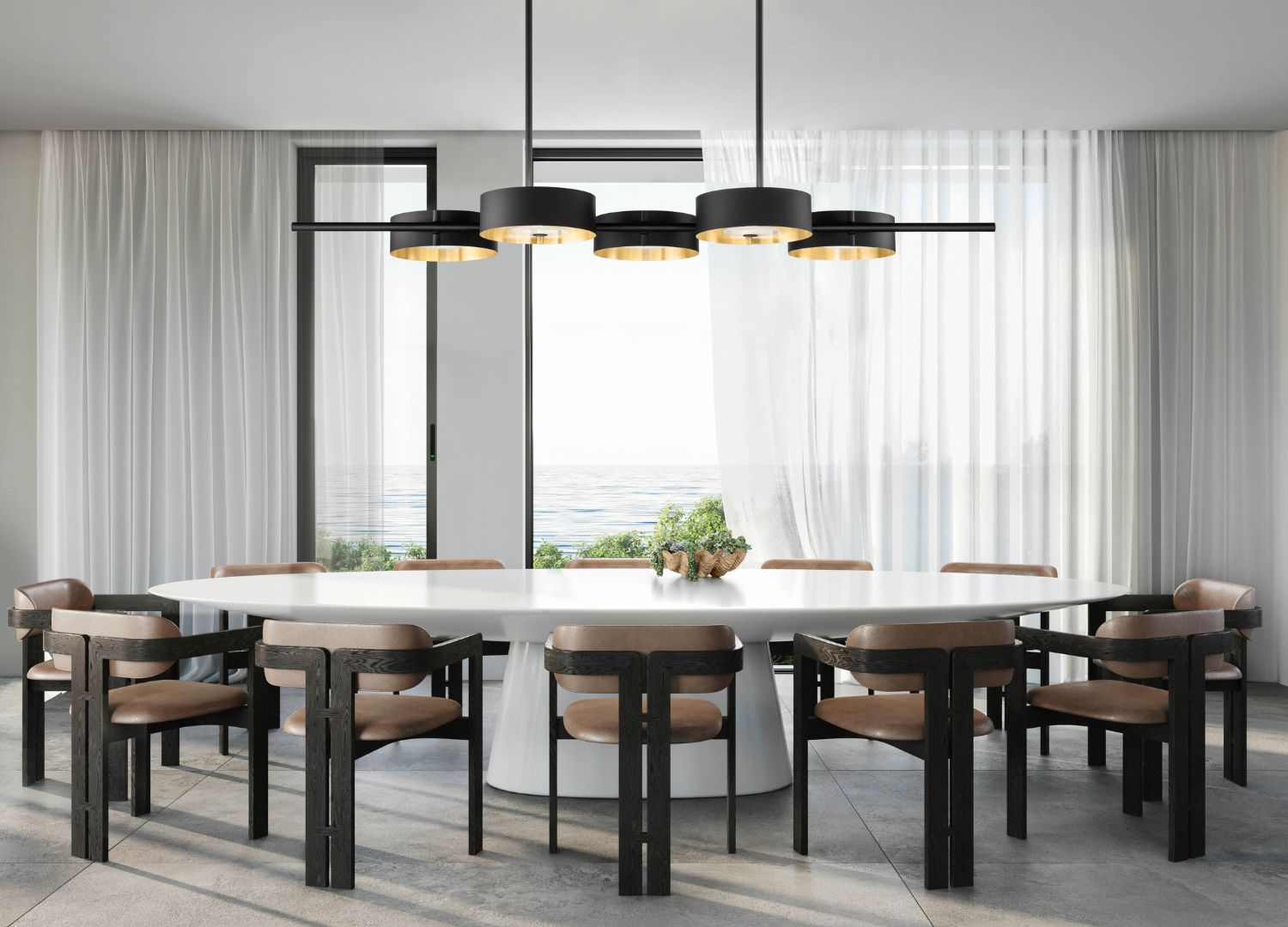What does it take to build a brand in the decorative lighting industry
The decorative lighting industry may seem less innovative compared to other segments of the lighting world, but it actually encompasses a level of complexity that extends beyond the product itself.
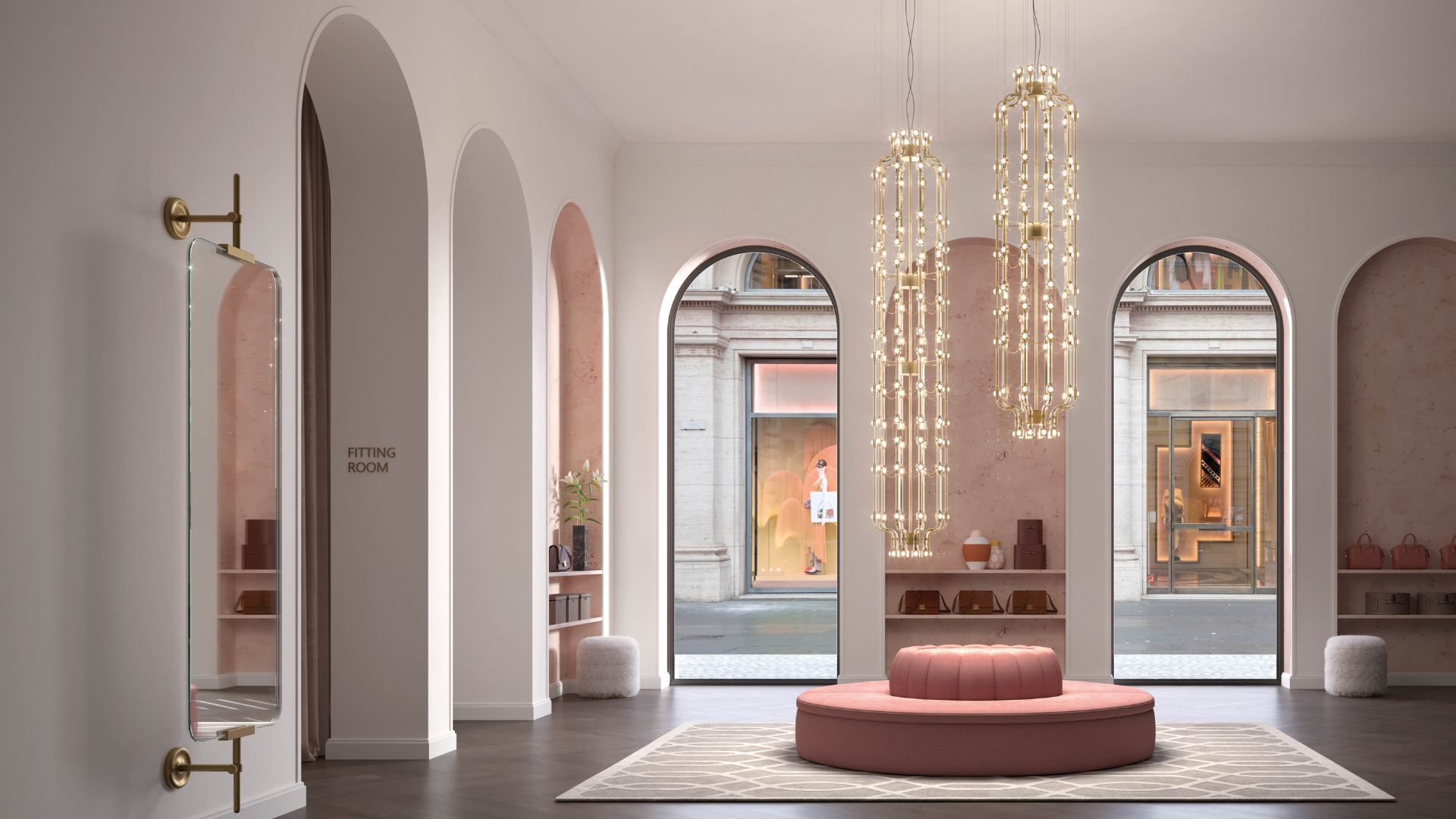
What sets one decorative lighting brand apart from another? This simple question led me to delve deeper into the topic in a conversation with Alessia D’Alesio, Global Marketing Manager at the Venetian lighting company Masiero.
Elements like skills, history, craftsmanship, and taste define Made in Italy. Numerous companies express their uniqueness daily through the research and development of new products and their market communication. Given D’Alesio’s role, I sought to understand how a company in the decorative lighting industry can establish its identity relative to competitors and, most importantly, in the eyes of customers.
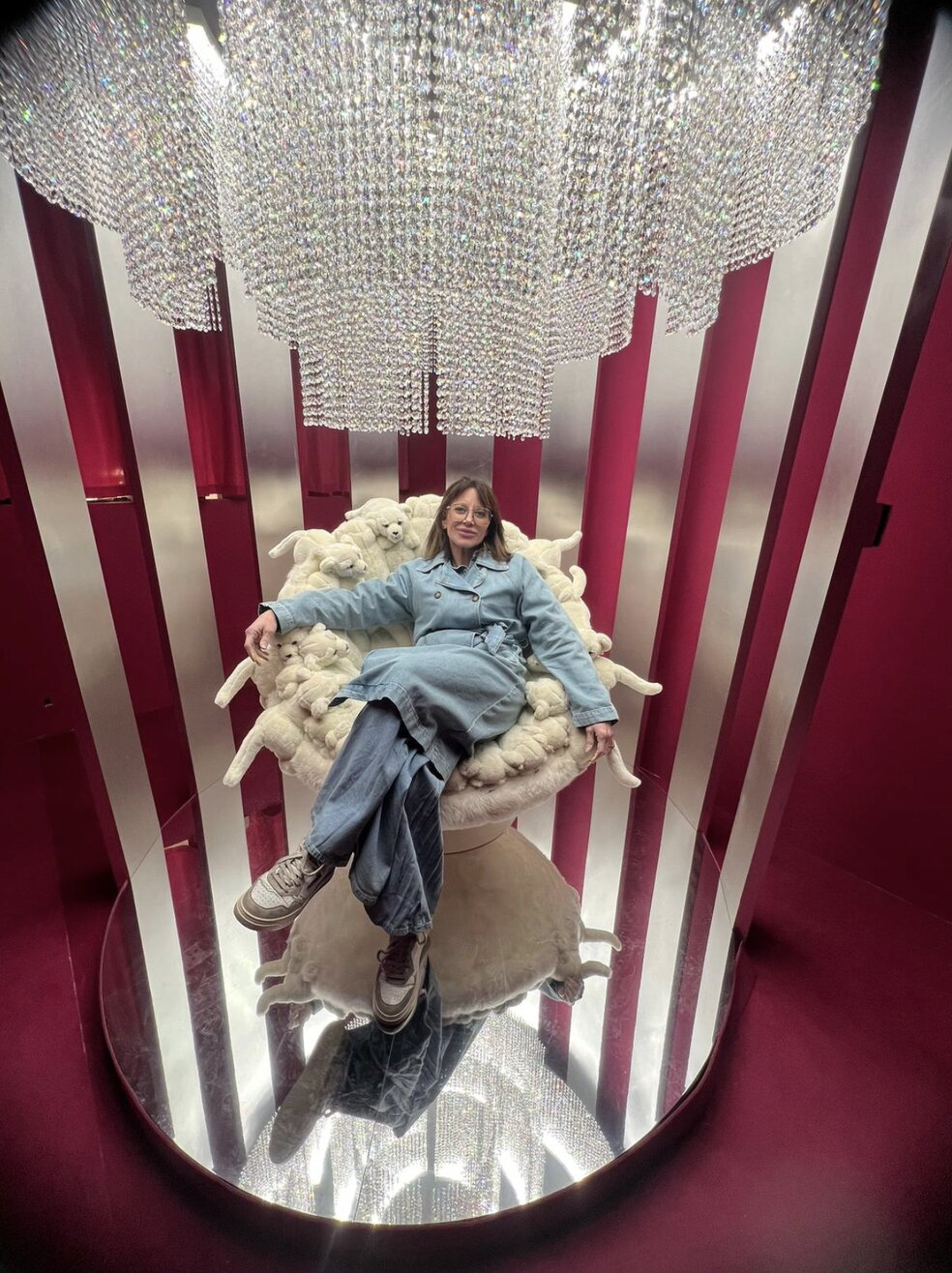
Her insights revealed fascinating aspects of what goes into creating not just new products but also a legacy that incorporates history while projecting future solutions. These solutions significantly depend on the environments where they will be placed, highlighting the complexity of a product that must communicate its own story while interacting with the choices of interior designers, architects, and end customers.

What is the history and what are the values embodied by Masiero?
Alessia D’Alesio:
“Masiero, a family-owned company founded over 40 years ago, originated from the founding partners’ passion for traditional-style lighting products. Over time, the company has evolved significantly, especially with the involvement of the second generation in leadership, expanding its creativity to include contemporary products. Despite its modest size, Masiero has become a leading brand in the international premium decorative lighting market.
This achievement is due to several unique aspects of its business model: an optimized organizational structure, a network of relationships built on trust with internal and external stakeholders, in-house production, flexible manufacturing processes, solidity, reliability, and an extensive distribution network. These factors collectively contribute to making Masiero a distinctive and remarkable entity in its industry.”

What does working in the field of lighting decor entail? What characterizes this design domain?
Alessia D’Alesio:
“The lighting industry is both intricate and captivating. A crucial distinction must be made between technical and decorative lighting, as they differ in product type, functionality, required technical performance, and design trends. A technical lighting company’s primary goal is to meet specific technical requirements related to the product. In contrast, decorative lighting focuses on the emotional appeal.
Light fixtures in this category are viewed not just for their functionality but as integral elements of interior design. This is where the complexity lies. Creating decorative chandeliers involves blending technical performance with aesthetics, adhering to different technical regulations across countries, and producing an iconic yet versatile product that offers good value for money. Moreover, lighting choices are typically made last in the design process for both private residences and commercial projects. This results in numerous constraints related to harmonization with the existing environment and often budget considerations.

Another often underestimated aspect is the complexity of product industrialization. Drawings that appear simple due to their straightforward lines can conceal significant technical challenges in the manufacturing process, making seemingly simple designs quite complex to produce.”
From a manufacturing perspective, what specializations does a company like Masiero have?
Alessia D’Alesio:
“Masiero specializes in metalworking, performing all processes in-house at its production facility. One of the company’s key strengths is its ability to develop technical solutions that shape metal into the desired form while meeting weight, size, and technical requirements. Another notable skill is the integration of noble materials such as glass, crystal, natural stones, and fabrics, which serve as decorative elements in their products.
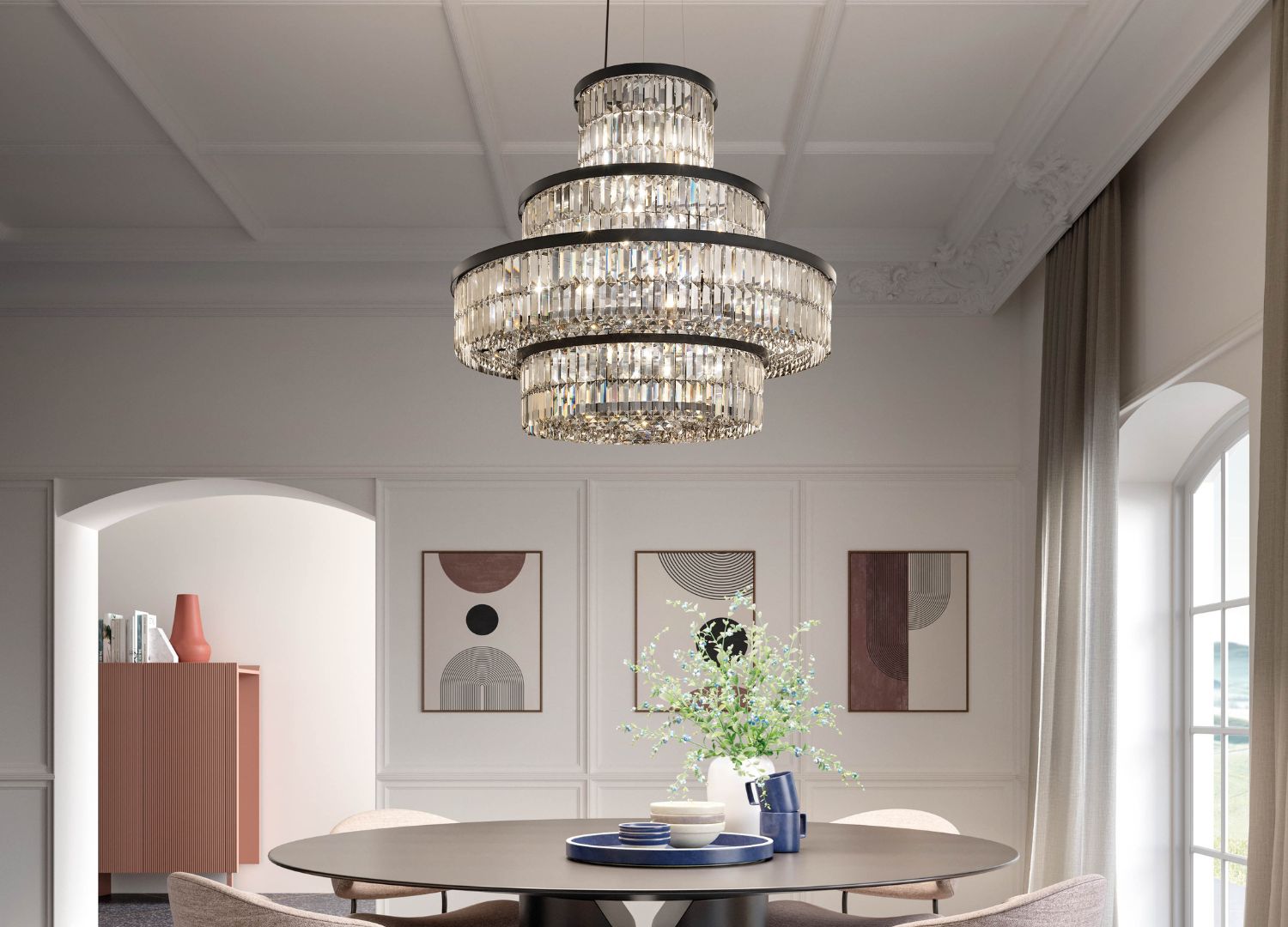
Additionally, Masiero excels in producing various types of finishes and experimenting with multiple techniques to achieve unique results. The company also offers customization in terms of size and finishes, enabling them to handle both catalog products and bespoke custom projects.”
In a lighting market crowded with various companies, products, and styles, what are the essential components for developing a distinctive brand?
Alessia D’Alesio:
“The product’s style must be distinctive and clearly linked to the brand, which is crucial for establishing a strong brand identity in the public’s mind. Ensuring high product quality and excellent pre- and post-sales service is essential. Versatility is key; a more adaptable product finds more opportunities for use.
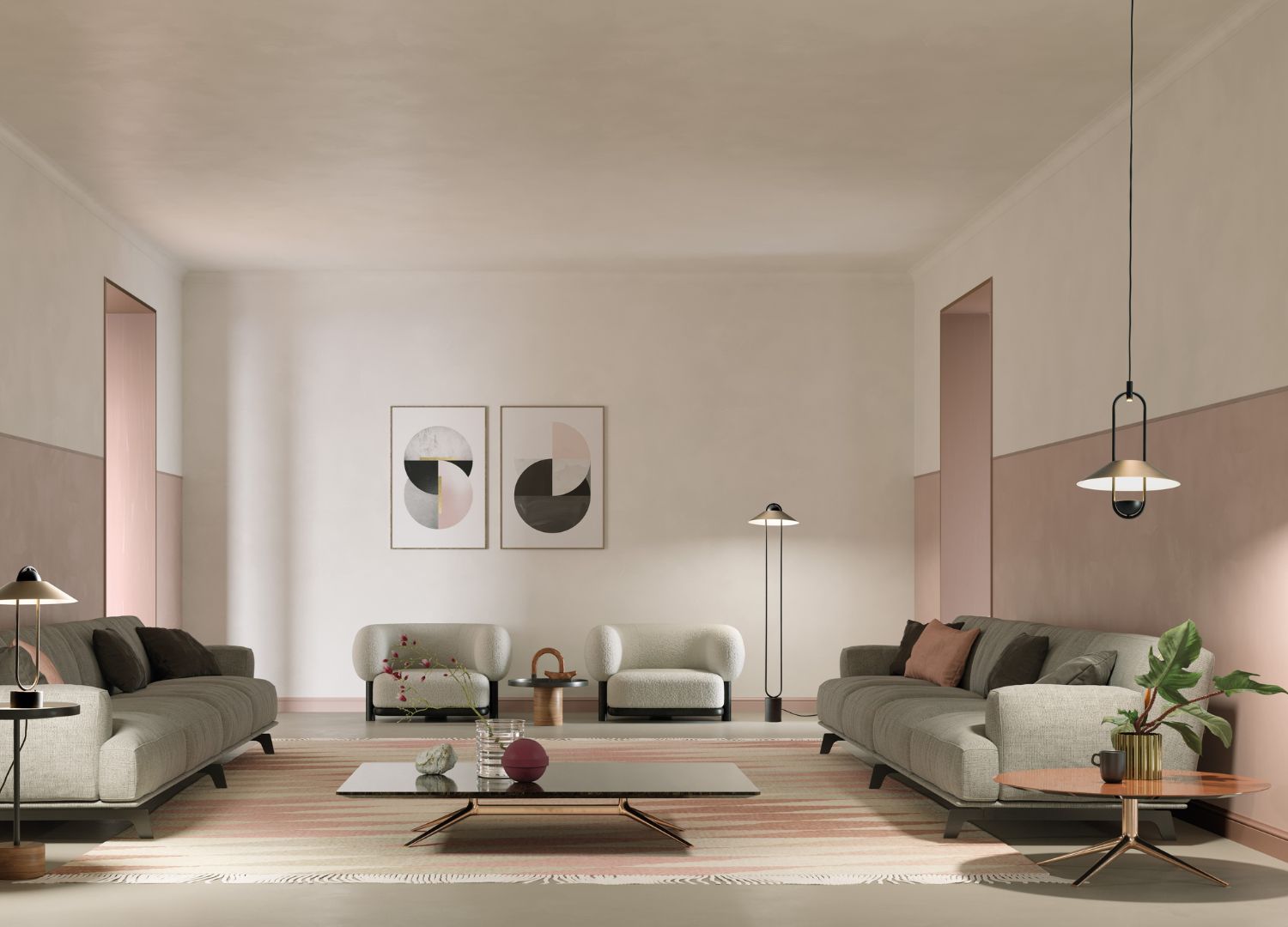
Adapting to market needs by listening without being controlled by them is important. Consistent communication is vital; a clear and steady message, whether liked or not, will be remembered. Identifying and appropriately engaging with the target audience—be it end consumers, designers, or retailers—is crucial.”
Many industry professionals question whether participating in the Salone del Mobile.Milano is more beneficial than being part of Fuorisalone. From your experience, what would you say and why?
Alessia D’Alesio:
“This is a question we’ve all been considering in recent years. The landscape of trade fairs, especially major ones like the Salone del Mobile, has evolved significantly over the past decade. The COVID-19 pandemic accelerated these changes, demonstrating that business can thrive even without trade fairs. Previously, the investment in participating in the Salone would directly boost post-fair sales, but this correlation is now less clear.

This diminished correlation, along with the rise of Fuorisalone in terms of visitor numbers, areas of interest, and event offerings, is challenging corporate strategies. Moreover, an increasing number of brands have their own showrooms in Milan, which can be conveniently used for events during Fuorisalone, offering a more cost-effective and manageable alternative for companies. Currently, I believe the best approach is to have a strong presence at Fuorisalone (ideally with a year-round open space) and a smaller presence at the fair, perhaps focusing on a single product.
This dual strategy is beneficial because industry professionals still attend the fair to discover new products and trends, while Fuorisalone is seen more as a social and leisure event. Having a presence at both ensures that the brand can engage with its audience in two distinct ways, capturing their attention twice.”

From your point of view, what should an effective communication strategy in the design industry focus on?
Alessia D’Alesio:
“Focus on the product by emphasizing its innovative features in design, technology, materials, and environmental sustainability. Highlight the product’s functionality and potential uses, clearly communicating why our company is better suited to meet the customer’s needs. Emphasize the company’s genuine values to build brand loyalty.
Unlike the fashion industry, where brand and price are primary drivers, the design sector is more open to different motivations. We need to capitalize on this openness to increase our visibility and appeal for multiple reasons.”










